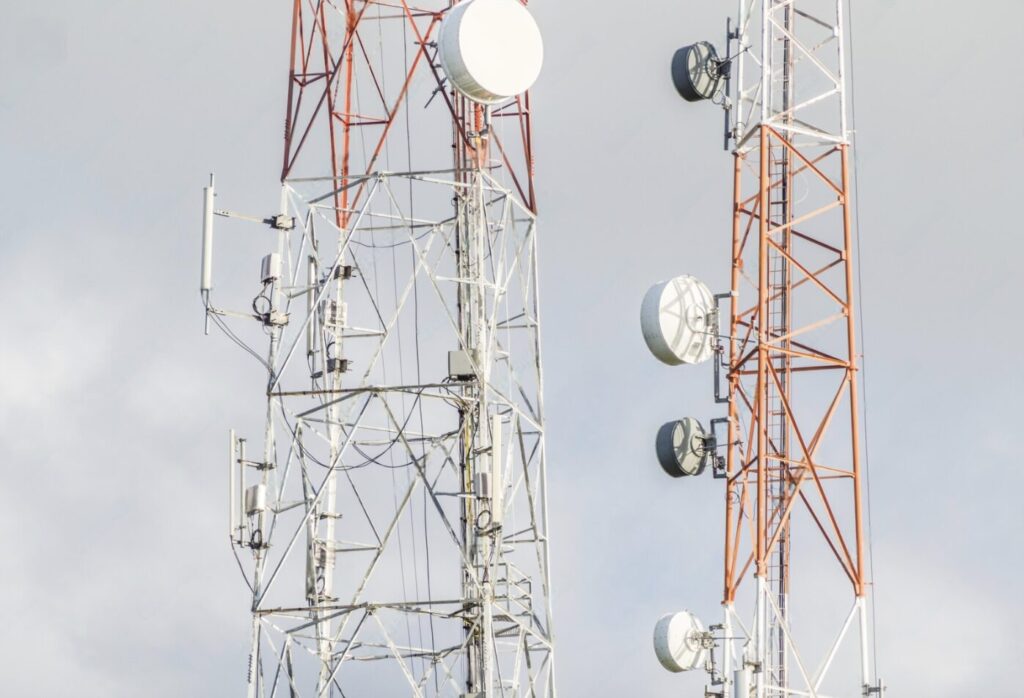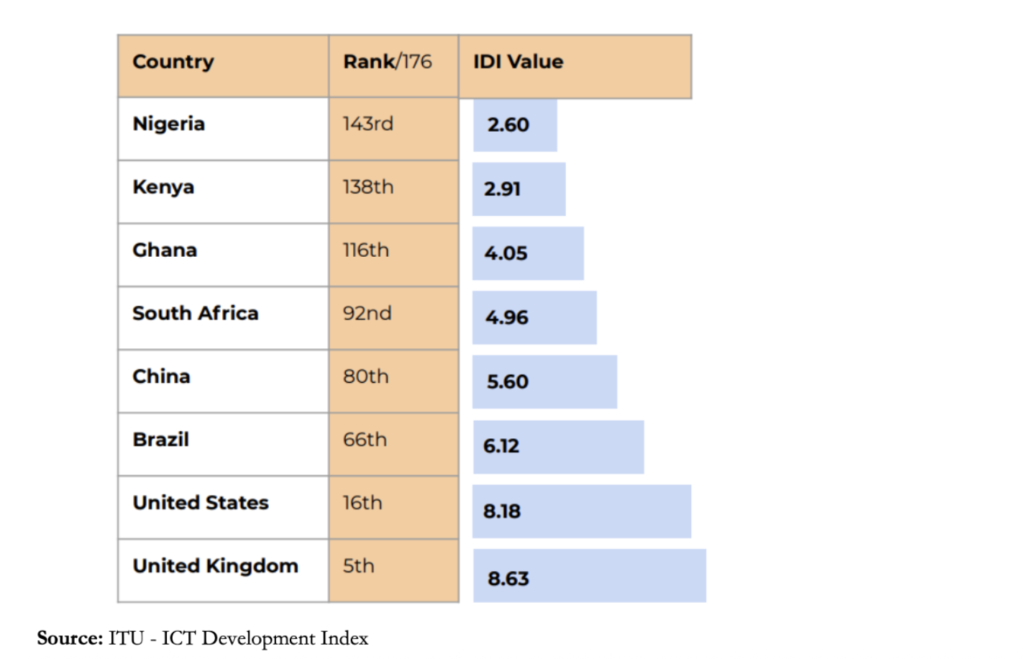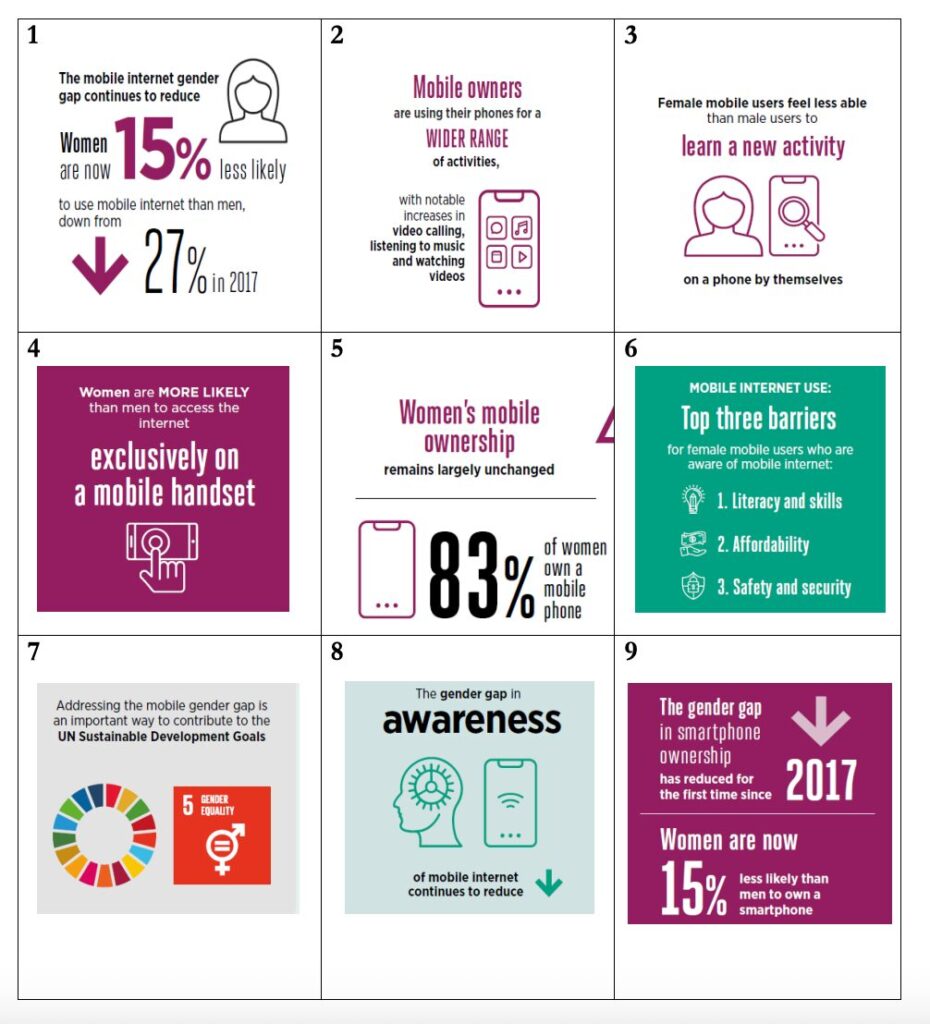Civic technology plays a pivotal role in enhancing transparency, accountability, and citizen engagement in governance. In Nigeria, the adoption and impact of civic tech vary significantly between urban and rural areas due to disparities in infrastructure, digital literacy, and socio-economic factors.

Introduction
Civic tech encompasses digital tools and platforms that facilitate citizen participation, promote transparency, and improve public services. In Nigeria, while urban areas have seen a surge in civic tech initiatives, rural regions lag due to infrastructural and socio-economic challenges. Addressing these disparities is crucial for inclusive governance and national development.
Challenges in Rural Areas
Limited ICT Infrastructure
Many rural communities lack essential ICT infrastructure, including reliable electricity, internet connectivity, and telecommunication networks. This deficiency hampers the deployment and utilization of civic tech solutions. As stated by the Minister of Communication, Innovation and Digital Economy, Dr. Bosun Tijani, who pointed out that there are still millions of Nigerians on the fringes of digital transformation who are yet to have access to reliable digital connectivity. Many Nigerian communities face significant barrier in digital literacy — Minister Tijani

Low Digital Literacy
Nigeria’s civic tech landscape reflects a deeper national struggle with digital readiness, particularly in rural areas where low digital literacy is a pressing issue. Many residents in these communities lack the basic skills required to operate digital devices or engage meaningfully with online civic platforms. This severely limits their ability to participate in governance and benefit from tech-driven solutions designed to promote transparency and accountability. The digital divide, therefore, is not just about access to technology, but also about the capacity to use it effectively.
According to the Baseline Study on the Level of Digital Skills in Nigeria by the NCC, the indicators for Nigeria’s preparedness for the transformation into the digital era is alarming. According to the World Economic Forum (WEF), the country’s education system ranks among the lowest in Africa with a quality score of just 2.8 out of 7 — well below the global average of 3.8. In addition, only 7% of Nigeria’s national budget is allocated to education, a figure that reflects a broader systemic neglect. This underinvestment has Nigeria at the 143rd spot out of 176 countries ranked by the ITU in the ICT Development Index (IDI) measure of the level of development of the information and communication technology sector in its report last published in 2018, which are vital for thriving in a 4IR-driven world.

To bridge this gap, Nigeria must urgently prioritize digital education, especially in rural areas where exclusion is most pronounced. Without deliberate investment in digital infrastructure, skills development, and educational reform, the benefits of civic technology and broader digital transformation will remain out of reach for millions of Nigerians. The cost of inaction is not just technological backwardness, but also the further marginalization of citizens from democratic processes.
Affordability and Accessibility
In 2024, Nigeria recorded over 103 million internet users, showcasing significant growth in digital connectivity across the country. However, despite this progress, 54.5% of the population remained offline, highlighting a persistent and wide-reaching digital divide (Source: Datareportal). A major factor contributing to this divide is the prevalence of basic feature phones, which are still used by 58% of the population. These devices offer only limited access to internet-based services, thereby restricting users’ ability to fully participate in the digital economy.
This divide is especially pronounced when comparing urban and rural areas. In cities, internet penetration exceeds 70%, driven by better infrastructure, higher incomes, and greater digital awareness. In contrast, rural communities continue to lag far behind, plagued by a lack of reliable internet infrastructure, high costs of service, and limited exposure to digital tools. These challenges are compounded by broader socioeconomic factors: for instance, less than 20% of households in the lowest income bracket own a computer or smartphone. In some cases, the poorest families spend up to 10% of their annual income just to acquire these devices — an expense that highlights the extent of digital exclusion among the underserved. Such disparities underline the urgent need for targeted interventions that bridge the digital gap.
Cultural and Social Factors
Cultural and social factors play a significant role in technology adoption, particularly among women in rural communities. Gender norms and restrictions can limit women’s access to digital tools, contributing to a persistent digital divide despite rising internet subscriptions. For instance, GSMA’s 2021 survey shows that while men’s smartphone ownership slightly increased between 2019 and 2020, women’s ownership declined from 39% to 37%. This drop reflects broader societal attitudes where households often prioritize men’s access to smartphones for job-seeking and social engagement, such as staying updated with sports.
Smartphone ownership among women is closely tied to both educational attainment and economic status. Women from wealthier households are significantly more likely to own smartphones than those from lower-income groups. The GSMA survey and other studies show that about 90% of individuals with higher education own smartphones, compared to just 59% of those with lower educational levels. This disparity highlights how structural inequalities in access to education and income limit digital inclusion for women.
Furthermore, economic barriers affect how women use mobile technology, particularly for financial transactions. Data from the Nigeria Demographic and Health Survey (DHS) 2018 indicates that only 20% of women in the lowest wealth quintile use mobile phones for such purposes, in contrast to 51.2% of women in the highest wealth quintile. These figures underscore the intersection of gender, education, and economic inequality in shaping digital access and usage patterns.

Cybersecurity Concerns
Nigeria’s digital landscape is increasingly marred by cybercrime, posing significant challenges to the trust and efficacy of civic technology solutions. Recent studies by the Oxford University have positioned Nigeria among the top five global hotspots for cybercriminal activities, trailing only Russia, Ukraine, China, and the United States . This high ranking underscores the country’s prominence in various cybercrime domains, including scams, phishing, and financial fraud.
The ramifications of this cybercrime prevalence are profound. In 2023 alone, over 1.2 million Nigerians fell victim to data breaches, exposing sensitive personal information such as phone numbers, financial details, and residential addresses . Alarmingly, 87% of Nigerians reported experiencing at least one incident of online fraud, highlighting the pervasive nature of cyber threats in the country.
The civic tech sector, which relies heavily on digital platforms to enhance governance and citizen engagement, is particularly susceptible. The pervasive threat of cybercrime can deter user participation, compromise data integrity, and undermine the overall effectiveness of civic tech initiatives.
Comparative Analysis
Nigeria’s civic tech landscape reveals stark disparities between urban and rural areas, rooted in infrastructural and educational divides. Urban regions benefit from robust ICT infrastructure, with internet penetration exceeding 70%, enabling widespread adoption of digital governance tools. In contrast, rural areas grapple with unreliable electricity, sparse internet connectivity, and limited telecommunications networks, as highlighted by Minister Bosun Tijani’s remarks on millions being excluded from digital transformation.
Compounding this, rural digital literacy remains alarmingly low, with the NCC’s baseline study underscoring Nigeria’s poor educational quality (2.8/7 on WEF rankings) and systemic underfunding (7% of the budget allocated to education). These factors stifle rural populations’ ability to engage with civic tech platforms, unlike their urban counterparts, who leverage higher digital literacy to participate in governance and access tech-driven public services. Bridging these gaps demands targeted investments in rural infrastructure, education, and gender-sensitive policies to ensure equitable digital transformation
Recommendations
Infrastructure Development
Invest in expanding ICT infrastructure in rural areas, including electricity and internet connectivity, to facilitate the deployment of civic tech solutions.
Digital Literacy Programs
Implement targeted digital literacy initiatives, especially for women and marginalized groups, to enhance their engagement with civic tech platforms.
Affordable Access
Introduce subsidies or financing options to make digital devices and internet services more affordable for low-income households.
Strengthen Cybersecurity
Enhance cybersecurity measures to protect users and build trust in civic tech platforms, particularly in urban areas.
Conclusion
Bridging the digital divide between Nigeria’s rural and urban areas is essential for the equitable adoption of civic tech solutions. Addressing infrastructural, educational, and socio-economic challenges will pave the way for more inclusive and effective civic engagement across the nation.

